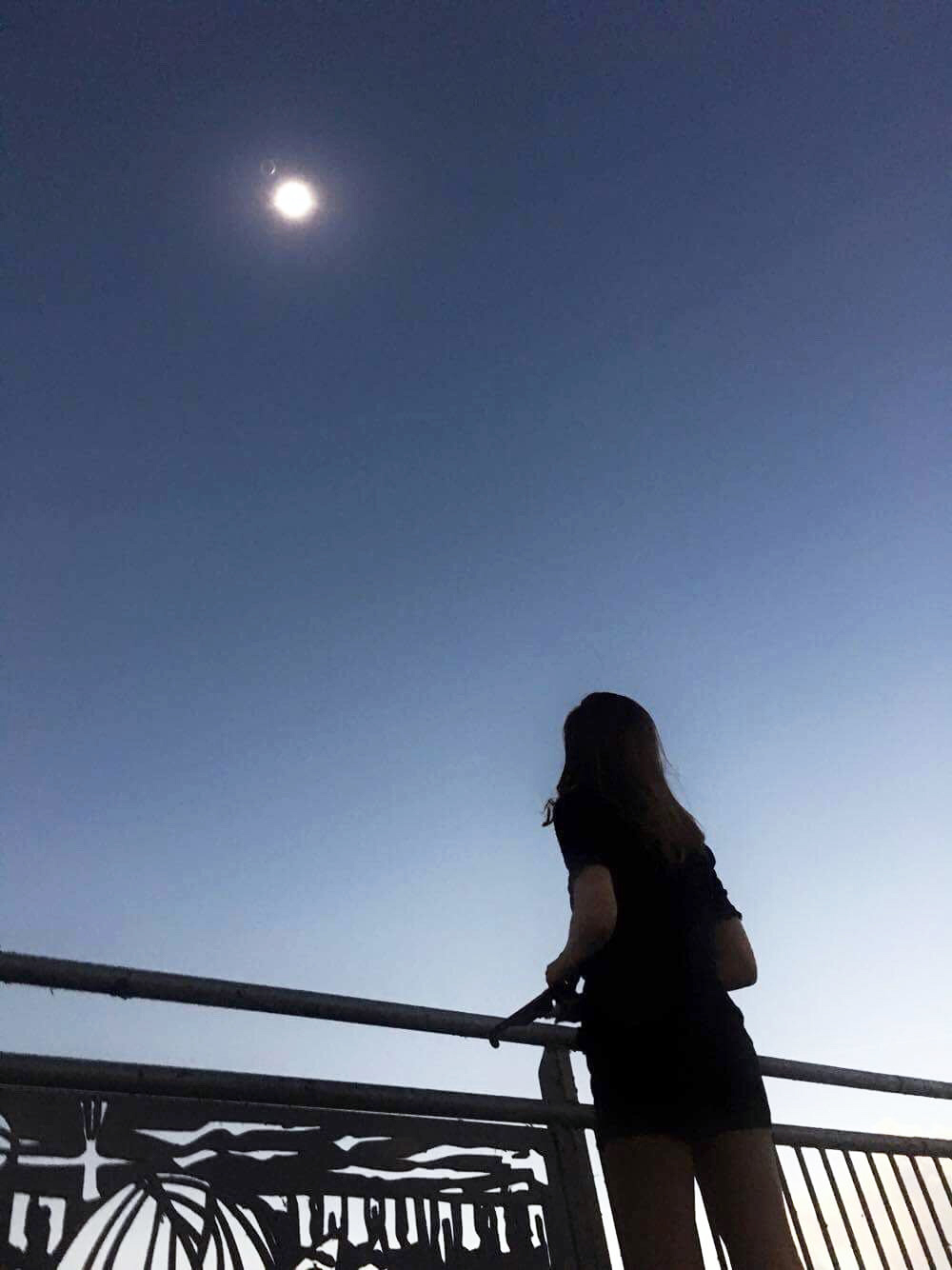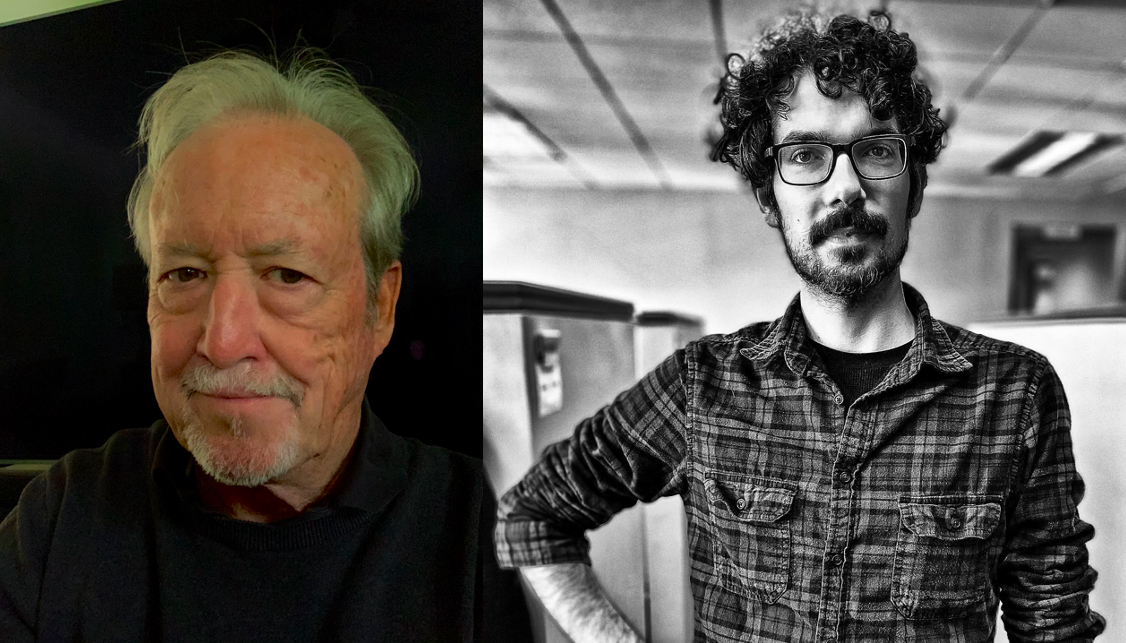Editor’s note: Other writers may occasionally share this space.
This piece was originally published in the Flyer in August 2017.
You can’t prepare for magnificence — not really. Months ago, I blocked off August 21st on my Outlook calendar — “TOTAL SOLAR ECLIPSE” — knowing that Something Was Going to Happen, and that I needed to put myself in its path.
I remember as a child spinning a globe, lightly tracing the sphere with a fingertip as it slowed, hoping to rest on a city with an entrancing name where I might one day travel. My strategy for picking an eclipse-viewing location was not terrifically more sophisticated. I looked at the path of totality on a map and picked the town within a day’s drive with the most entrancing name: Cadiz, near the southwest corner of Kentucky.
In search of a singular experience, I didn’t want to be in a crush of people, a crowd of awestruck gaspers all wearing our cardboard ISO-certified glasses. And the name — Cadiz, after the ancient Andalusian city in Spain — resonated in my mind, sufficient mysticism right there in Kentucky, 196 miles from my front door.
My eclipse companion and I never made it to Cadiz. We didn’t need to. Close to our planned destination, we crossed a long, gracefully arching bridge over the “lake” part of Land Between the Lakes, and we knew: this bridge, this height, this dark water beneath glinting silver and deep.
We parked in a parched, rutted field flanking the bridge, walked past the makeshift tent city occupied by hundreds of people and onto the bridge itself, which, to our surprise, wasn’t crowded — barely a couple of dozen people across the length of the span. Traffic thinned as the moments of totality approached. From our perch, we could see boats below drop anchor, waiting; the birds above, which I had read might fly into full-throated frenzy, were silent.
The light shifted, dimmed, slanted eerily sideways. And then: All light was evacuated. There was no noise from traffic, and little from other watchers. The temperature plummeted by what felt like 20 degrees — the difference between day and night. The wind died; the sky became ink-black. At the moment of totality, it’s safe to remove the special solar-eclipse glasses, so I did, and saw the entire bright body of the sun obscured by the interjecting moon. Solar flares escaped from the sides of the interlocking spheres, bursts of bright energy flashing in a wild halo.
It’s hard to know what to do in those two minutes: try to capture the event with a photo? A video? Leap up in sheer confused wonder? Laugh, overcome by the strangeness of it all, the overpowering perspective shift? Stare and stare and stare some more, trying to imprint the darkness, the coolness, the sun’s energy unfurling frilled fiery ribbons from behind the moon — as if there were any chance in the world you might forget this moment? I seem to recall doing all of these. A kind of eternity opened within those two minutes.
It’s hard to know what to do after those two minutes, too. The sun began to escape its temporary obscurity, and brightness returned to the early afternoon. Everyone looked a little dazed, like people staggering from the doors of a cosmic cinema back into summer afternoon.
There are certain things we think we know for certain, like: what is day, and what is night? Totality spun my certainty around like a globe, and when the sun returned, I found myself slightly but indelibly shifted.
















